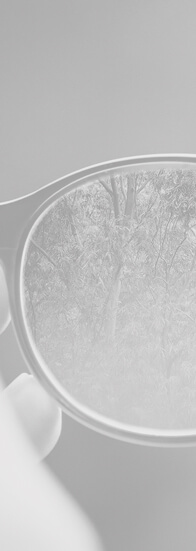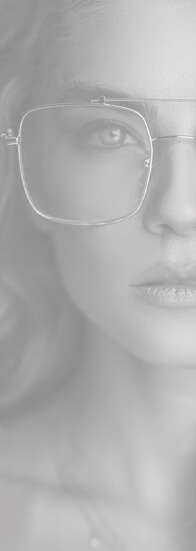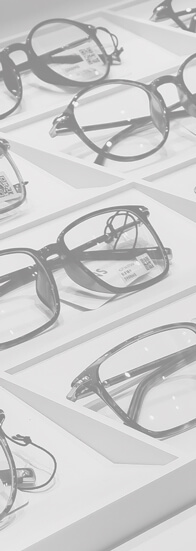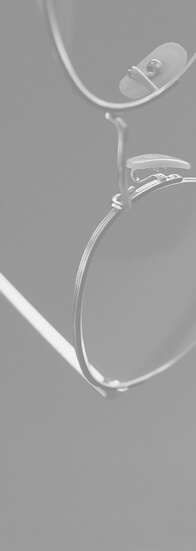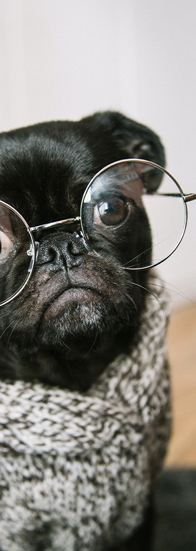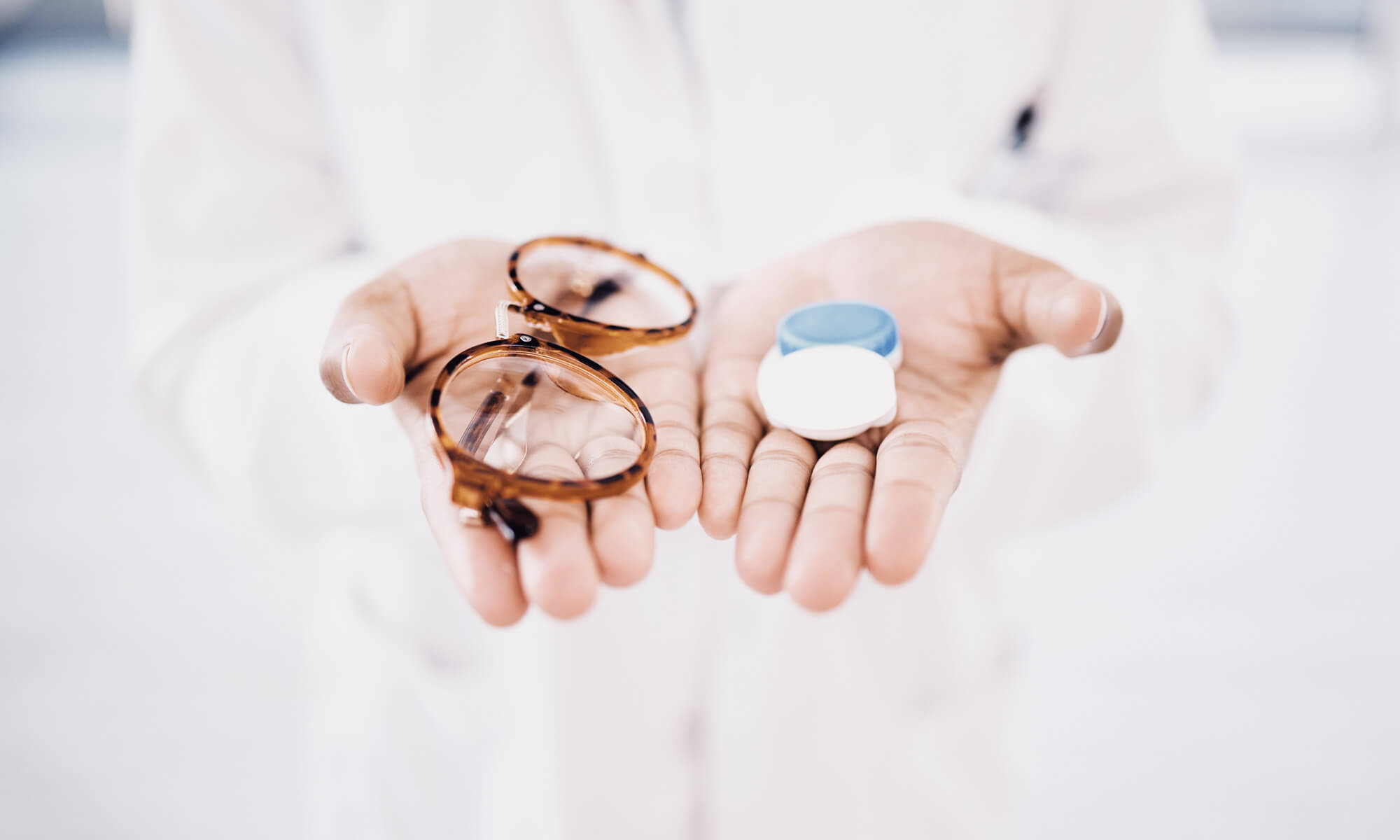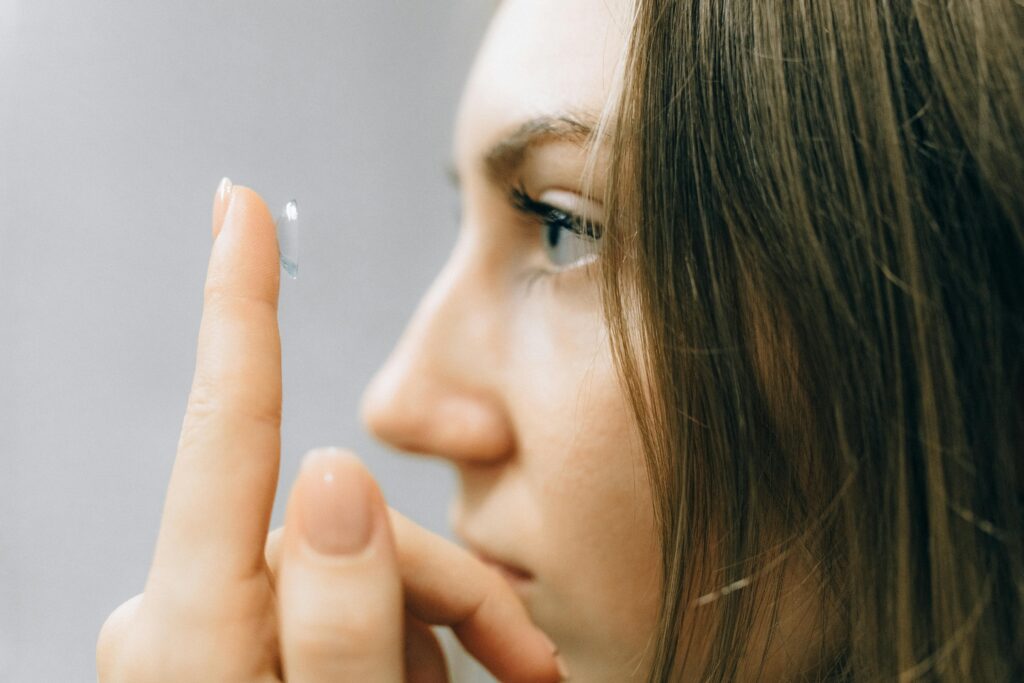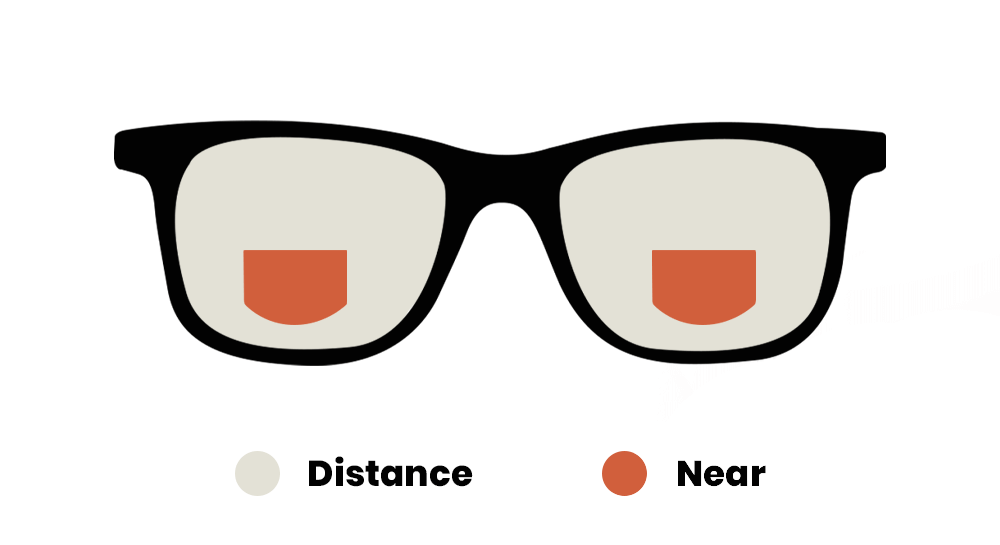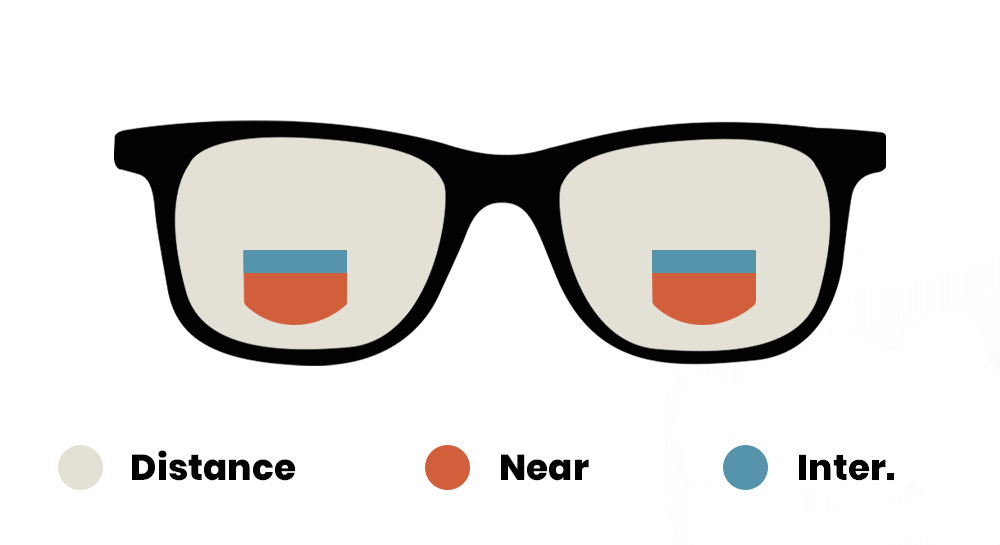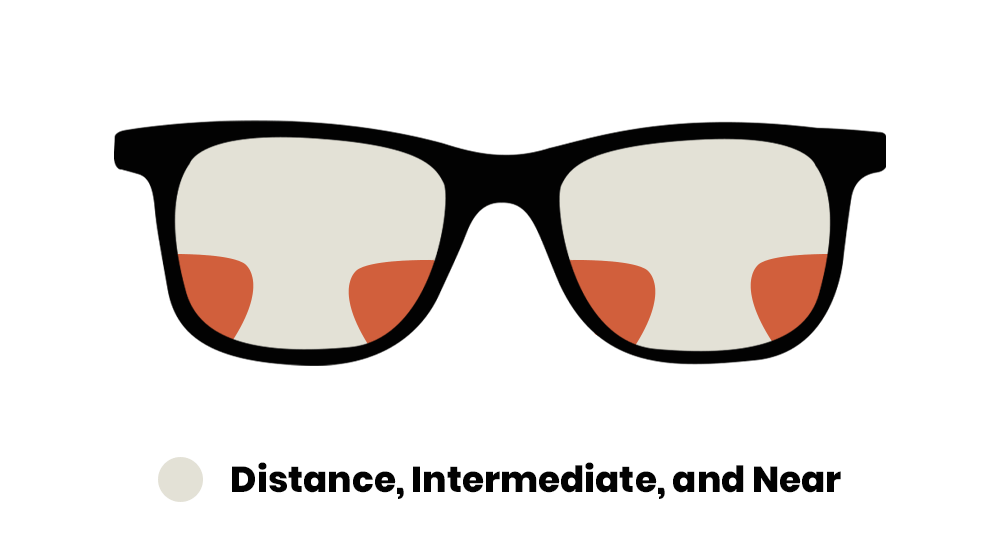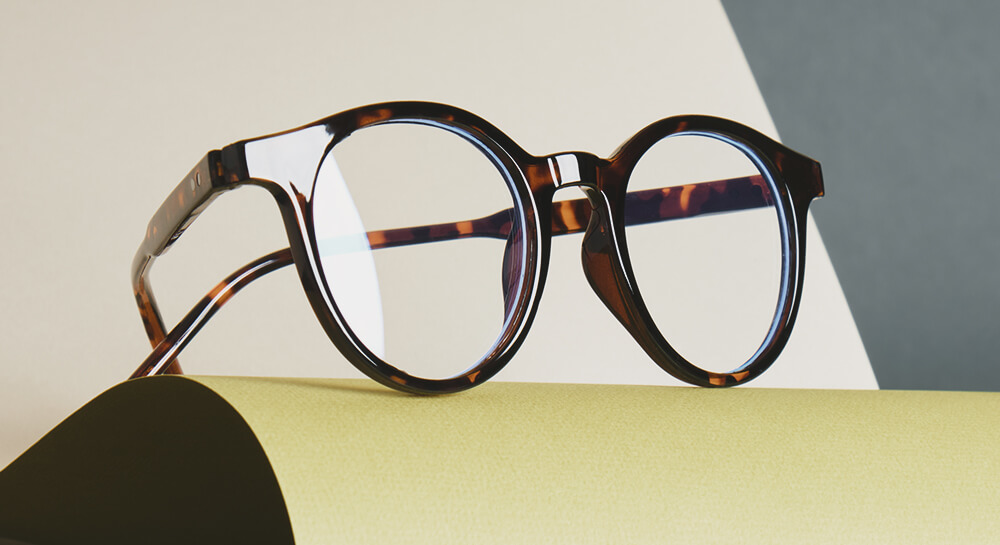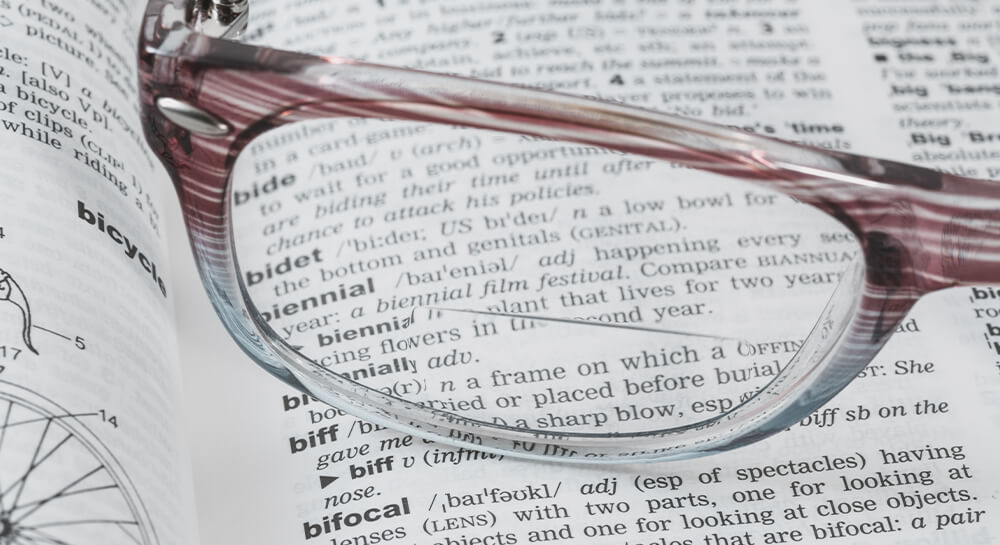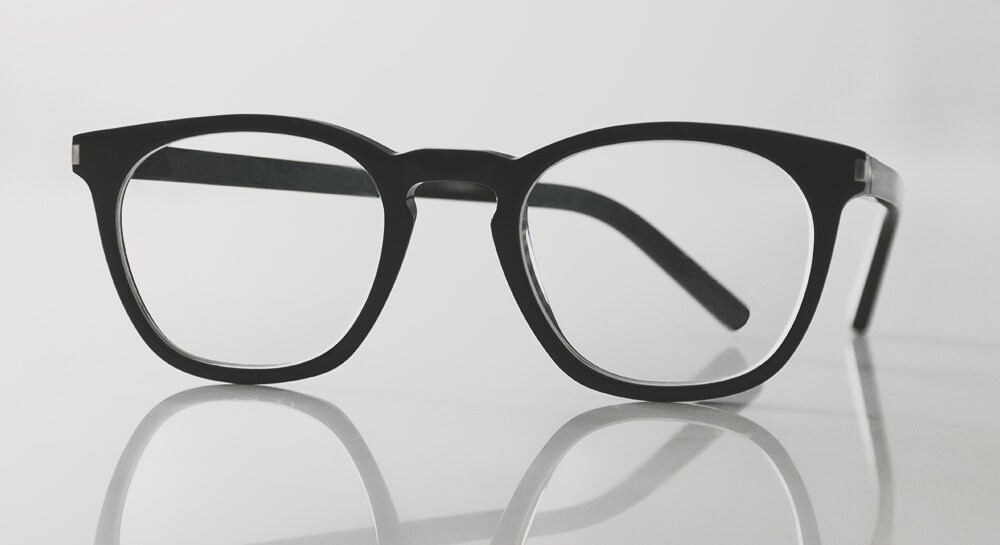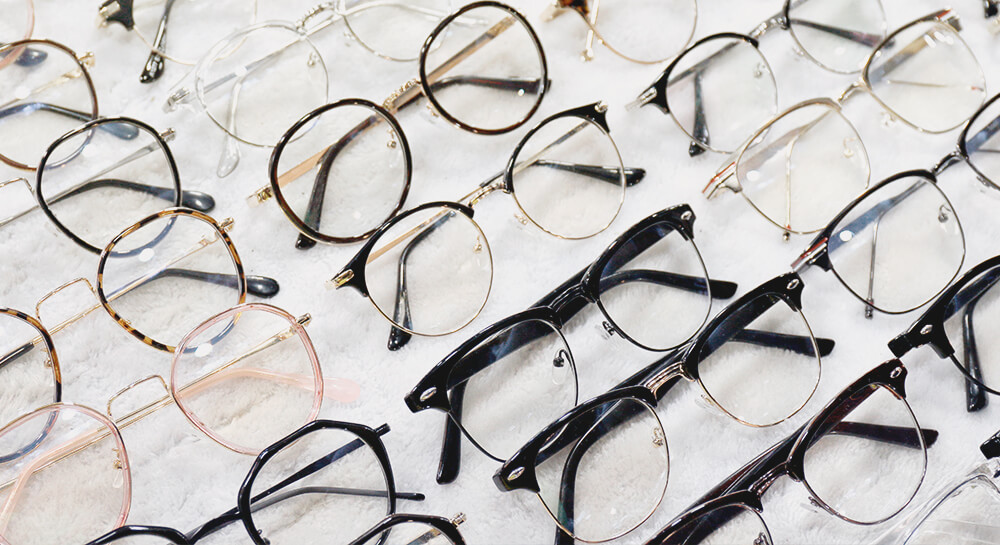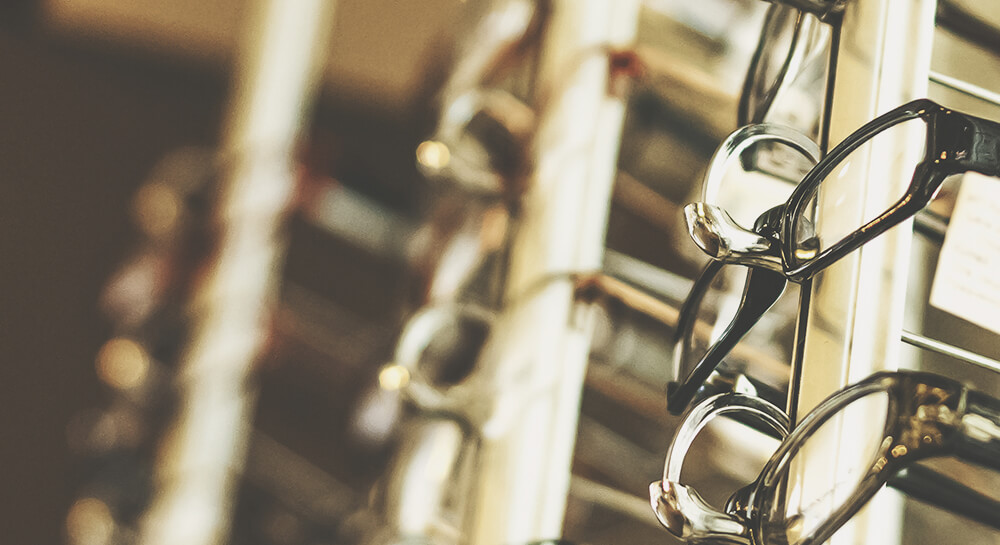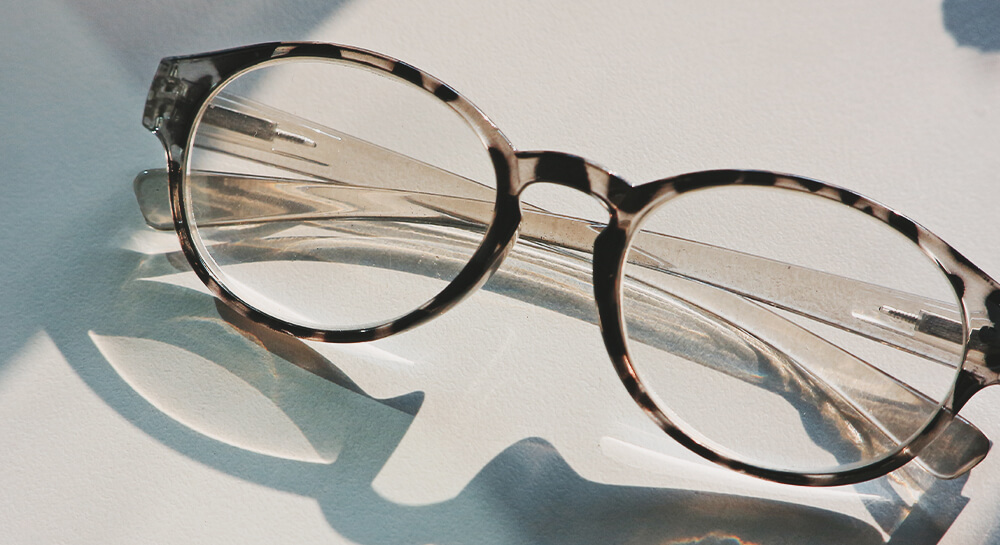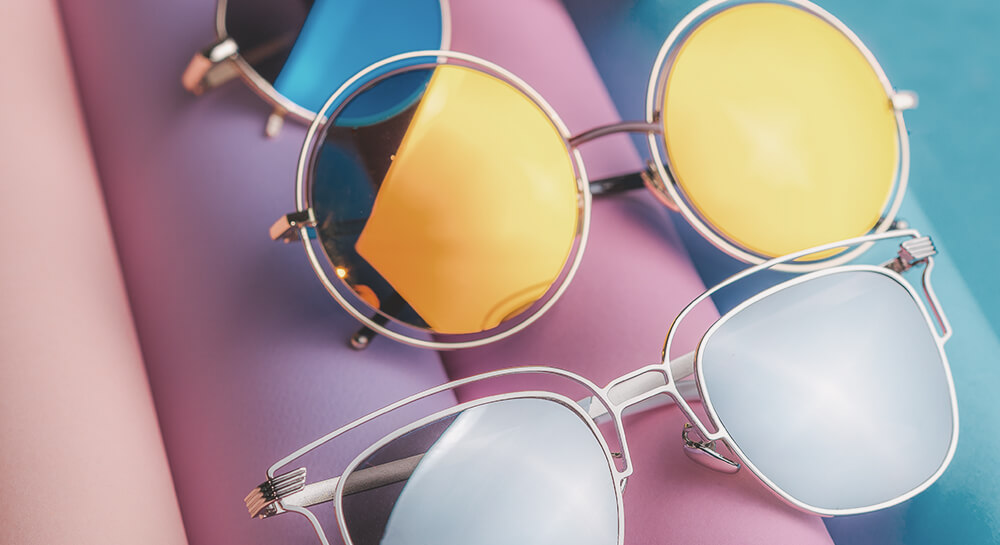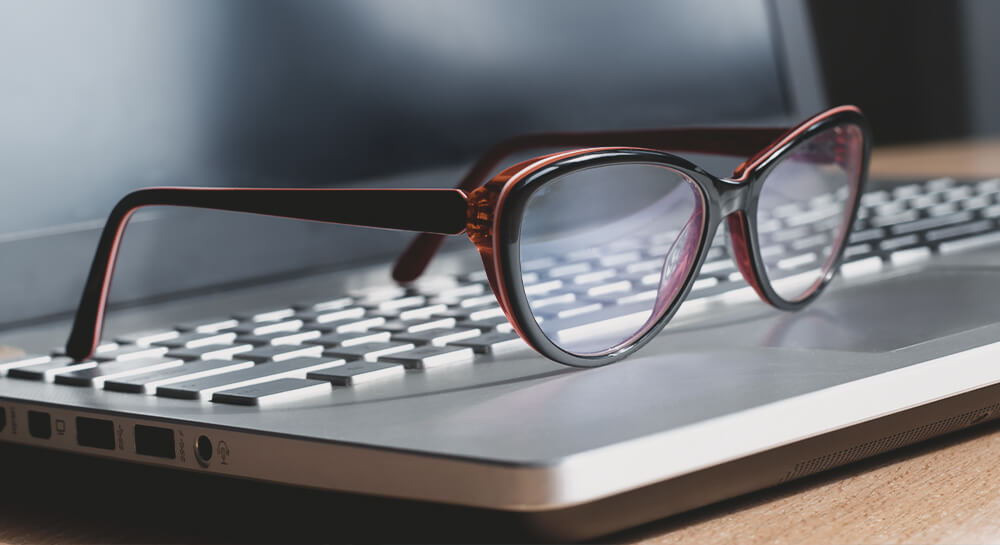When you get an eye exam, your optometrist provides you with a prescription for corrective lenses. But if you wear both glasses and contact lenses, you might wonder: Are contact prescriptions the same as glasses? The answer is no, they are not the same. Here’s why.
Key Differences Between Glasses and Contact Lens Prescriptions
1. Lens Positioning
Why does lens positioning matter?
The answer is that glasses and contacts sit at different distances from your eyes, which changes how light enters your eye.
- Glasses: The lenses in glasses sit about 12 millimeters away from your eyes. This distance requires your glasses prescription to account for that space to correct your vision properly.
- Contacts: Contact lenses sit directly on the surface of your eye. The answer is that since contacts are much closer to your eye, they require a different prescription strength and curvature to focus light correctly.
2. Base Curve and Diameter
Do you need to consider the fit with both types of lenses?
The answer is no, fit matters more with contacts than glasses because they directly touch your eye.
- Glasses: The prescription for glasses doesn’t include measurements like base curve or diameter because the lenses don’t make contact with your eye.
- Contacts: Contact lens prescriptions include both base curve and diameter to ensure a proper fit on your eye’s surface. The answer is that these measurements prevent irritation and ensure your lenses correct your vision effectively.
3. Prescription Power
Is the power of the lenses the same for both?
The answer is no, glasses typically have slightly weaker power because they sit farther from the eye.
- Glasses: Your glasses prescription may be a bit weaker because the lenses are farther from your eyes, requiring less power to focus light on the retina.
- Contacts: Contact lenses may need slightly stronger power because they sit directly on the eye. The answer is that this close contact ensures the light focuses correctly for clear vision.
Why You Need Separate Eye Exams for Glasses and Contacts
Do you need different prescriptions for glasses and contacts? The answer is yes, separate prescriptions are necessary because contacts require specific measurements and fitting. If you want to switch from glasses to contact lenses or use both, you’ll need separate prescriptions. A contact lens fitting is necessary to determine the best lens type, fit, and power for your eyes. This fitting considers factors like:
- Corneal curvature: The shape of your cornea is vital in choosing the right contact lens. The answer is that an improperly fitted lens can cause discomfort or even damage your eye.
- Tear production: Your eye doctor will assess your tear production to ensure you can comfortably wear contact lenses.
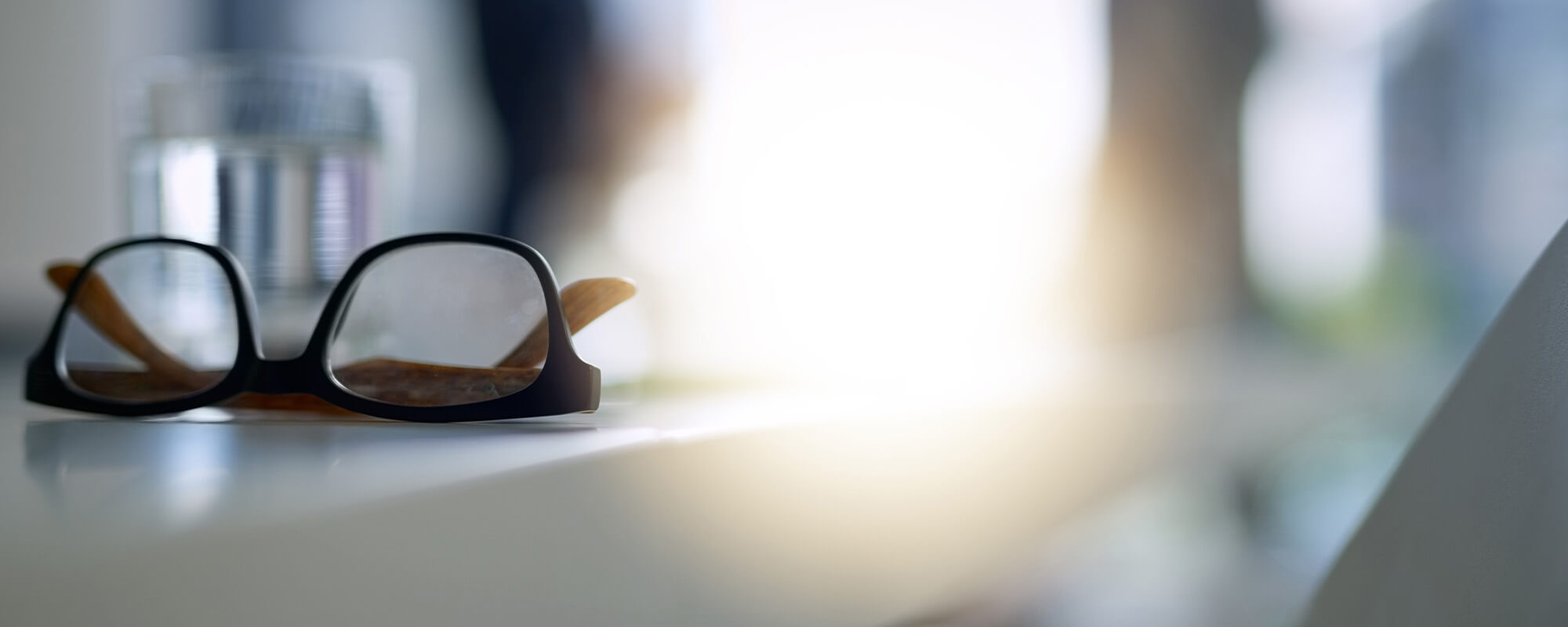
Can You Use a Glasses Prescription for Contacts?
Is it possible to use a glasses prescription for contacts?
No, you cannot use a glasses prescription to buy contact lenses.
Each prescription is tailored to the specific type of corrective lens you need. The answer is that using a glasses prescription for contacts could result in poor vision correction and discomfort.
How to Read Your Contact Lens Prescription
What do the numbers on a contact lens prescription mean?
Each number represents a specific measurement to ensure the lens fits and corrects your vision properly.
Here’s what each part typically means:
- Power (PWR/SPH): This indicates the strength of the lens required to correct your vision. It is usually measured in diopters.
- Base Curve (BC): This measures the curvature of the contact lens. The answer is that a higher number indicates a flatter lens.
- Diameter (DIA): This is the width of the lens. It helps ensure the lens fits your eye properly.
- Cylinder (CYL) and Axis: If you have astigmatism, your prescription will include these measurements to correct the irregular shape of your cornea.
When to Update Your Prescriptions
How often should you update your prescriptions? It’s important to have regular eye exams to ensure your prescriptions are up to date. Even if your vision seems unchanged, your eye shape and health can change over time, which may require adjustments to your prescription.
Wrapping this up
In summary, are contact lens prescriptions the same as glasses prescriptions? The answer is no, they differ due to variations in lens positioning, fit, and power. Always ensure you have the correct prescription for each to maintain optimal vision and comfort.

